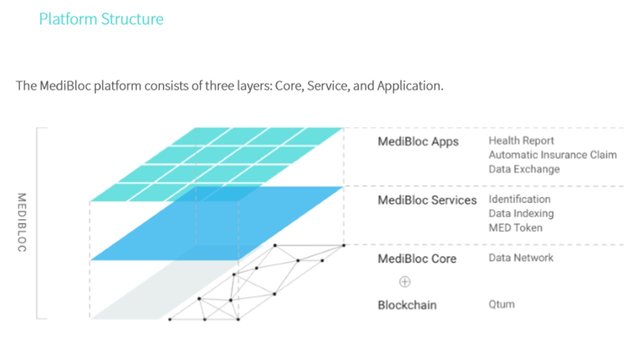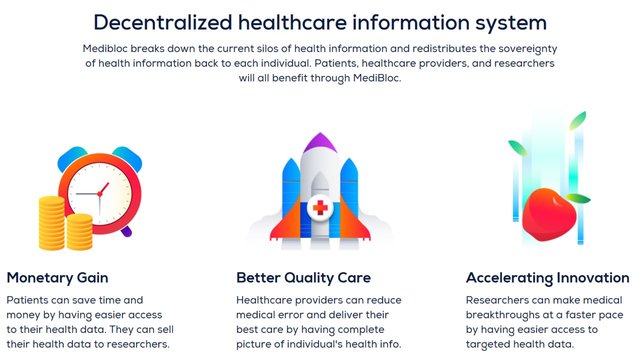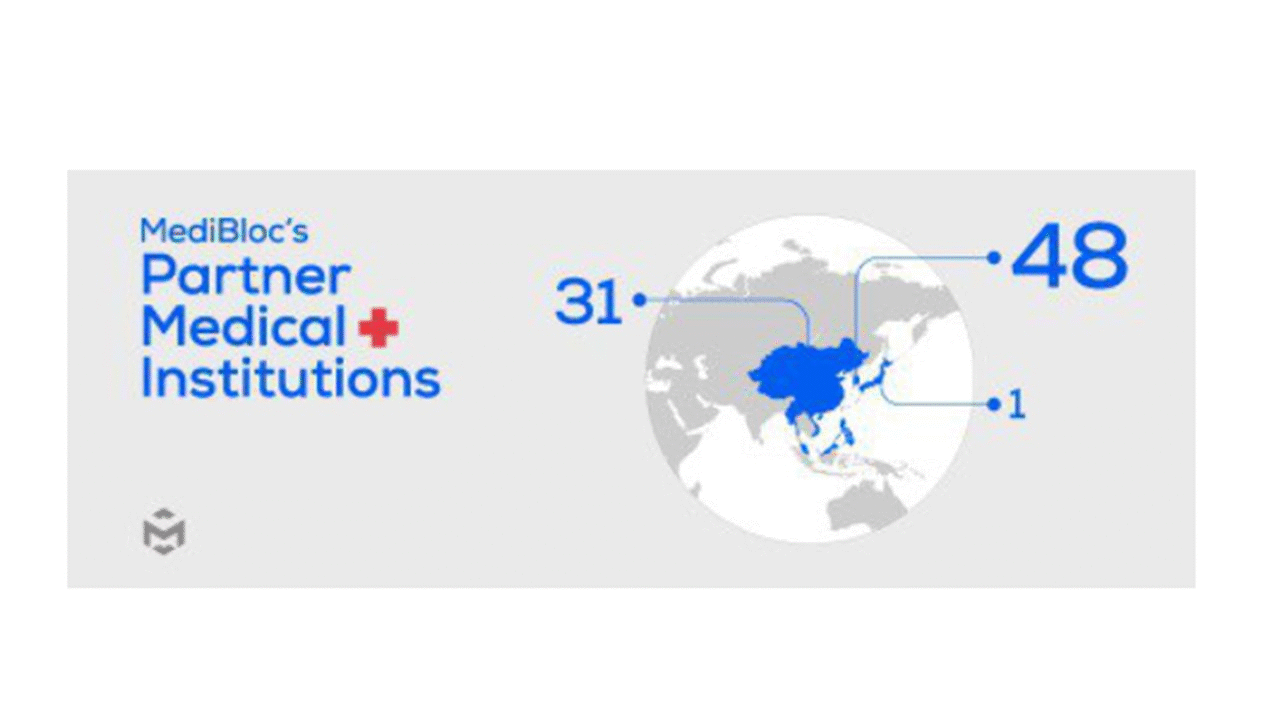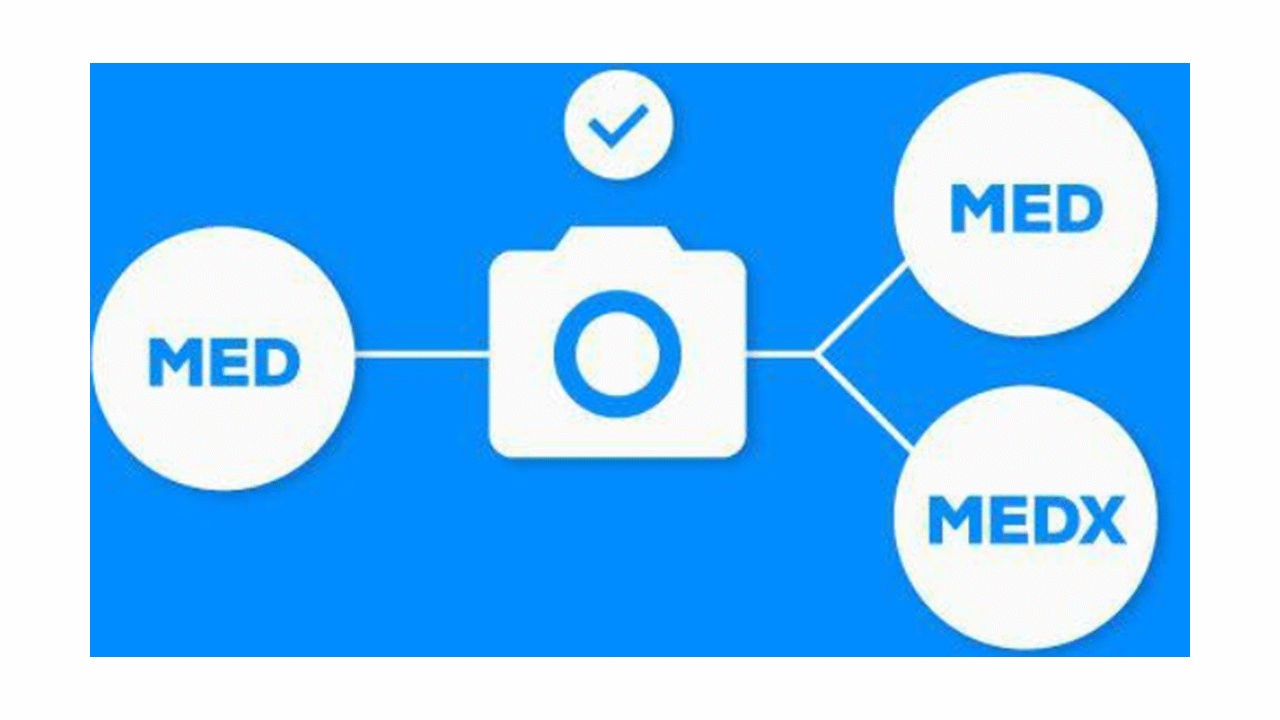Introduction
Case 1
In 2014 in the U.K., the Daily Mail carried a story about a 59-year-old patient who met her unfortunate demise due to wrong medication, despite the patient’s family clearly mentioning that she was allergic to penicillin.
The article further notes that each year 1 million people are admitted to NHS hospitals with some kind of allergy to a certain drug. There were 18,000 reported incidents between 2005 and 2013 of drug allergy, out of which six were fatal, 19 suffered ‘severe harm’, nearly 5000 had different degrees of harm and 13,000 being near misses.
One of the reason was cited as staff noting down things poorly and in certain cases, doctors not going through the written reports before prescribing.
Case 2
The National Center for Biotechnology Information in the U.S. notes that Medical Errors are the third leading cause of death in the U.S. The statistics show that there has been an increase since 1997. In 1997, Medical Errors were still just the eighth largest cause of death. Watch the video below which explains this part.
Of course, the errors could be of different natures from medicines to treatment for the wrong organ, but would the situation be any different if all relevant information was available in a digital medium (like mobile) and easy to read through before initiating anything from prescription to operation? Possibly, yes.
But why am I speaking about this?
-----------------------------------------------******---------------------------------------------------
Here’s Why?
We were talking about statistics coming from two of the leading nations as far as healthcare is concerned. Yet, issues with patient data and therefore, errors in medication and other allied medical errors still take place. Now, if we were to extrapolate this data on to other countries, the number of patients suffering or even having a fatal experience will grow by multiples of millions or even tens of millions.
The interesting part is that in the U.S., while it is now largely understood and accepted that medical error is one of the largest cause of death, there is still no clarity or acceptance on the figures. The figures range from 210,000 to 440,000 and we are only talking about the medical care in hospitals. Those outside are yet to be accounted for. So, this brings to fore two issues – first, data collection is not accurate and hence the confusion on numbers and second, the way the data is collected is also not up to the mark, which prevents both countries from taking effective counter-measures.
Remember, despite repeating myself I would like to again clarify, we are talking about two countries at the leading edge of healthcare in the world. Just imagine the scene with other countries.
-----------------------------------------------******---------------------------------------------------
What’s the solution?
The solution from the stated problems is obvious that the data management of patients is of critical nature. Not only that, while we looked at the important aspect of "Life" in our examples, but can we see the cost of healthcare with every error? The trauma that the patient’s family has to go through, the cost of treating the mistreatment by the hospital, and not to mention any law-suit being filed for wrong medication.
Let’s also look at everyday aspect. Patients at times are referred from one hospital to another for many reasons ranging from the primary hospital not having the required equipment for treatment to, in a rather peculiar condition, hospital bed not being available. The patients may find themselves doing almost all the tests that they did in the primary hospital, once again in the secondary hospital. Can we imagine the cost of such tests? Isn’t it just a duplication of the check, if the tests are just a day old or in many cases just a week old?
We haven’t yet touched upon the fact that data of patients, including tests and other ailments, become the storage responsibility of the hospitals and not the patients. Even if the patient does keep the records in physical form it is quite tedious to go back to it for reference. Adding to the woes, hospitals or healthcare units don’t share patient details with each other. And last but not the least, even those saved patient details are not available for ready access for the medical practitioner who is treating a patient. So, it boils down to physical notes which may not be read thoroughly, even in the best of hospitals.
So coming back to the question of this section, what is the solution? The solution is a data which is readily available on the tip of the fingers of the patients and can be shared with the medical practitioner, thereby avoiding duplication of tests and treatment. More importantly, ensuring the right information in the right form is available to the practitioner while treating the patient.
So, do we have such a solution?
Hmmm.. Turns out someone has in fact, given it a thought.
-----------------------------------------------******---------------------------------------------------
We are talking about MediBloc
Medibloc is a solution on the blockchain which creates a medical information ecosystem. This information ecosystem is shared by users (or patients), healthcare practitioners (or providers) and researchers, but importantly, allows the control of information by the individuals themselves. Individuals can then decide who gets to see their medical information or history depending on the treatment that is required. Besides, if the individuals intend to allow information for the sake of research, they can do so too.
Now, who could have thought of such a solution but doctors! Two doctors, Dr. Allen Wookyun Kho and Dr. Eunsol Lee, who also are engineers, came up with the solution after experiencing the issues with healthcare as it is today. Their vision statement reads as follows:
MediBloc started as a project of two doctors to solve current problems of healthcare information system using blockchain technology. By returning patients' scattered healthcare information from medical institutions to the patients and developing an ecosystem where healthcare information is distributed safely, we will make a world with whole new healthcare experience for all including patients, healthcare providers, and researchers.
The idea behind the concept is to make patients’ information available to the patient themselves in the most easily accessible means as follows. What’s more, the same data can act as information for researchers and medical practitioners, for their own analysis that can improve healthcare. This is provided the user has granted access to his information.
The way I forsee it is that we may soon find insurance companies and pharma companies also vying to tie up with this solution. They are the only other cogs of the wheel of healthcare. Again, this one paragraph is strictly my personal opinion.
-----------------------------------------------******---------------------------------------------------
So, how does it work?
As already stated, the information under the MediBloc ecosystem will be with the user. The user can use it in ways he deems fit. The three categories of users that we discussed, the General Users or Individuals, Healthcare Providers or Medical Practitioners and Data Researchers, will be able to access the information of patients, provided they are made accessible by patients themselves. MED tokens will be the tokens being used on the blockchain for all interactions and transactions. Take a look at the grid below to get a sense of access and what kind of access to information will be available.

We already mentioned that the solution is blockchain based and is intended to decentralize the database and counter the centralized and non-sharable data structure that exists today. It moves the control of data from hospitals to users and allows users to control how their information is used.
This is enabled through a platform as shown:

As mentioned, the platform has three layers: Core, Service, and Application.
Core Layer
The Core Layer is a healthcare data network and distributed database. This is where the data will be stored as storing it on the blockchain would be having its limitations. The data stored here is encrypted which can be decrypted by the user alone. Also, the database forms a backup of information which is available on the users' computer, mobile or laptop and should there be any reason the data is corrupted, the user can access this stored database. Each user is provided with 1 GB of storage free. It would be more than enough for most users.
Service Layer
This is the layer connecting the Application Layer which the user uses with the core layer. The Service Layer can be envisaged to be of two parts the Ethereum Virtual Machine (EVM) based Smart Contract and parts connecting the application layer and the core layer. The idea of this layer is to enable input and output, while the storage, including smart contract information like MED balance, user details will be passed to the core layer. This reduces the cost of storage on the blockchain.
Application Layer
This is the layer interfacing with the user. This can be enabled through web or mobile or other user access platform. Here is where the information is captured and passed on to the core layer through the service layer. Also, MediBloc provides SDK for faster and easier app development which can be then linked to the platform.
So, these form the main components of the platform and help store as much as retrieve user information and allow all kinds of analysis, provided the user has allowed his/her information to be used. To understand how it will work in the real world, let’s look at few scenarios.
-----------------------------------------------******---------------------------------------------------
Scenarios
Scenario 1
Clara has to go to Hospital A for her ailment and she gets some tests done. However, for one particular test, Hospital A recommends she gets it done from Hospital B. Clara visits Hospital B for the specific test and they recommend few more tests like blood sugar and hemoglobin count. Clara informs Hospital B that those two tests were already done at Hospital A and accesses the test results done just a day before through her mobile and shows Hospital B. Hospital B after being convinced about the results asks Clara to go ahead with the only test that she had to do with them.
Clara found accessing her information easy as much as saving money by not spending twice for the same tests.
Scenario 2
Mike has a near fatal accident on the highway and is brought to the hospital in an unconscious state. Mike’s family reaches there too. The doctor is not sure about Mike’s medical history and has to go through hours of discussion with his family to arrive at the treatment course. Luckily for the doctor, Mike had saved his medical history on MediBloc and had given access to his father. His father accesses the information and shares with the doctor. The doctor goes through the history and knows that Mike is allergic to Penicillin.
Once the history is understood, the doctor starts treatment at the earliest. What would normally take hours took only minutes for the doctor to access information and start treatment.

Scenario 3
Researchers have noticed that the sales of drug A have increased in the past few months. They are not sure why and where the need is coming from. While secondary data shows that most patients are from one particular State, the reason for the outbreak is not known.
Researchers check the accessibility of data on MediBloc and as luck may have it, a good portion of users in the said State have provided access to their information to researchers. They start analysis and investigation through the data available and realize that the maximum concentration of the cases is just in one region of the State and that there was a flood situation a month back. The disease, therefore, spread through water and being contagious spread outwards. This information is good enough to be shared with the Health Department which in turn quarantines the region and fast-tracks treatment. In the process, the spread is arrested at its core and the situation brought under control.
In a situation devoid of MediBloc, the spread would have increased and only when it would have reached alarming levels would a task-force be put in place. That could have taken months, if not a year, from the actual spread.
Scenario 4
Worldwide, there are reported cases of spread of a noted disease. Pharma companies are accessing information provided by researchers on MediBloc. They notice that drug X is not effective in treating the disease. However, in one location in Country B, drug F is proving to be effective. The patients with the same symptoms and ailment history as other patients across the globe are responding to drug F.
This information is broadcast to Governments by Researchers while Pharma Companies go on an overdrive to produce drug F. The same is procured by Governments and is administered to its population. The global spread is arrested as more and more people start responding to the medication.
In a situation devoid of MediBlock, as in case of Swine-Flu or Influenza in the past, the spread would have been noticed far later and the quarantine measures would have come in to effect even later; not to mention, the medication itself would have depended on individual pharma companies doing their own analysis and coming up with the correct drug. This drug, however, would not be available to other countries, until they came to know of it. So, from the time of knowing of the problem, to getting an effective drug to letting other countries know of the drug, the time taken would have been humongous and of course, fatal for many patients.
These are just a few scenarios but the application is way beyond the ones mentioned here. Readers would have got a sense of the same, I am sure. It is not just the readers but the whole world which has taken note of MediBloc
-----------------------------------------------******---------------------------------------------------
The Who’s Who of the World is noticing MediBloc
MediBloc is not only recognized by industry players but also by players outside the industry like Deloitte, one of the big fours.
MediBloc is listed on Kryptono, Dex.top, Gate.io, IDEX, and Cashierest. Major hospitals like Hanyang University Medical Center, a renowned medical institution and Kyung Hee University Dental Hospital, the third largest dental hospital in Korea, have partnered with MediBloc.
And the figure illustrates how they are continuing to grow.

-----------------------------------------------******---------------------------------------------------
Tokenomics
The two tokens that would be used on the MediBloc platform are MEDI tokens (MED) and MEDI Point (MP). MED tokens are for interaction with the external world as much as trading over the exchange while the MP tokens are for internal use of the platform only. This is to measure the reputation of the participants, especially the medical practitioner (it is not a measure of the skill of the practitioner).

----------------------------------------------******---------------------------------------------------
So, who are the great minds behind MediBloc?

----------------------------------------------******---------------------------------------------------
It is also recommended that readers understand more about MediBloc through any of the following informative resources.
- MediBloc Website
- MediBloc WhitePaper (ENG)
- MediBloc FAQ
- MediBloc About ( Contains Media Kit With Various Graphics!
- MediBloc Medium
- MediBloc Twitter
- MediBloc Facebook
- MediBloc Github
- MediBloc Telegram
This article is written in response to originalworks’ call on authors’ thoughts on MediBloc. It can be read here.
Image Courtesy: MediBloc Resources
medibloc2018
Very nice write-up :) .Interesting user cases and also very informative ! I hope this gets to the podium fam
Downvoting a post can decrease pending rewards and make it less visible. Common reasons:
Submit
Hello @danielwrites! Thanks for taking the time to read.
Also, did you not participate in this week's originalworks contest?
Downvoting a post can decrease pending rewards and make it less visible. Common reasons:
Submit
You're welcome mate !. Yeah I'm writing my degree exams so been unavoidably passive for some time now :( .Will be done real soon though.
Downvoting a post can decrease pending rewards and make it less visible. Common reasons:
Submit
Oh, is it! All the best to you for your exams! Also, look forward to having you back soon. :)
Downvoting a post can decrease pending rewards and make it less visible. Common reasons:
Submit
This post has been submitted for the @OriginalWorks Sponsored Writing Contest!
You can also follow @contestbot to be notified of future contests!
Downvoting a post can decrease pending rewards and make it less visible. Common reasons:
Submit
You got a 3.94% upvote from @upme thanks to @oivas! Send at least 3 SBD or 3 STEEM to get upvote for next round. Delegate STEEM POWER and start earning 100% daily payouts ( no commission ).
Downvoting a post can decrease pending rewards and make it less visible. Common reasons:
Submit
This post has received a 3.74 % upvote from @booster thanks to: @oivas.
Downvoting a post can decrease pending rewards and make it less visible. Common reasons:
Submit
Your post had been curated by the @buildawhale team and mentioned here:
https://steemit.com/curation/@buildawhale/buildawhale-curation-digest-07-12-18
Keep up the good work and original content, everyone appreciates it!
Downvoting a post can decrease pending rewards and make it less visible. Common reasons:
Submit
Hi @oivas, well written and informative article, despite that it is rather long it was pleasant to read each paragraph.
I am happy that blockchain is gradually adapted in various industries to make services that they provide even better. I hope that this will lead to the moment when blockchain will be present in so many places that cryptocurrencies will become the main means of payment and revolutionize the world. This technology in the medical industry can also help protecting human life, so it is very positive.
All the best
Downvoting a post can decrease pending rewards and make it less visible. Common reasons:
Submit
True that. Now, we have seen blockchain being implemented from Agriculture to Medicines, so sooner or later the shift to cryptocurrencies is probably a given. Let's wait and watch!
Downvoting a post can decrease pending rewards and make it less visible. Common reasons:
Submit
It's nice to be part of this show @oivas :)
Downvoting a post can decrease pending rewards and make it less visible. Common reasons:
Submit